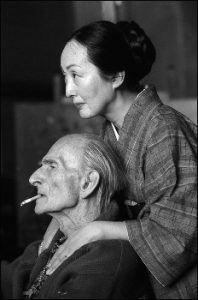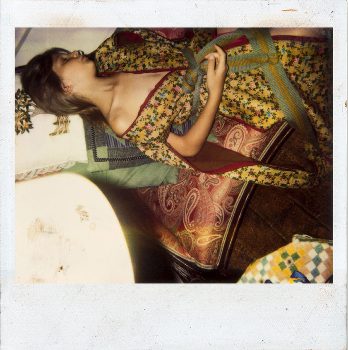ART CITIES:Paris-Balthus
 Prepared in collaboration with artist’s estate, this exhibition will be the first of his work in Paris since the 1983–84 retrospective at the Centre Georges Pompidou. This is a career-spanning exhibition of Balthus’s paintings, drawings, and photographs. Balthus was the reclusive painter of charged and disquieting narrative scenes, whose inspirative sources and embrace of exquisitely rigorous technique reach back to the early Renaissance, though with a subversive modern twist.
Prepared in collaboration with artist’s estate, this exhibition will be the first of his work in Paris since the 1983–84 retrospective at the Centre Georges Pompidou. This is a career-spanning exhibition of Balthus’s paintings, drawings, and photographs. Balthus was the reclusive painter of charged and disquieting narrative scenes, whose inspirative sources and embrace of exquisitely rigorous technique reach back to the early Renaissance, though with a subversive modern twist.
By Dimitris Lempesis
Photo: Gagosian Gallery Archive
Working independently of avant-garde movements such as Surrealism, he turned to antecedents including Piero della Francesca and Gustave Courbet, appropriating their techniques to depict the physical and psychic struggles of adolescence. He was born in Paris in 1908 and died in Rossinière, Switzerland in 2001. At the age of 13, he published Mitsou, a book of 40 ink drawings with a text by Rainer Maria Rilke, a close family friend. A self-taught artist, he held his first exhibition at Galerie Pierre, Paris in 1934 he scandalized Parisian audiences casting viewers as voyeurs of pubescent female subjects brooding with uneasy dreams among the artworks of the exhibition were, the portrait of Pierre Leyris (1932–33), a depiction of the young translator lighting a cigarette after dinner, and Young Girl in Amazonian Costume (1932). Following the ensuing scandal, he showed with Pierre Matisse Gallery, New York from 1938–77, although he never visited the U.S.A. In his interior portraits, street scenes, and landscapes, Balthus cultivated a self-taught classicism as a framework for more enigmatic artistic investigations. Early ink studies of Paris streets and passersby demonstrate the evolution of what Balthus described as his “timeless realism”. His signature dramatic lighting and muted palette are already evident in the oil paintings. In 1961, he became the Director of the French Academy in Rome. Over the next 16 years he restored the interior of the Villa Medici and its gardens to their former elegance. He acquired a medieval castle near Viterbo, an hour’s drive north of the city, in 1970. In watercolors produced over the next several years, he continuously depicted the nearby ruins of a watchtower situated on a steep cliff over a densely wooded ravine, adjusting his palette with the seasons. In the last decade of his life, when physical frailty made it all but impossible for him to draw, he discovered the Polaroid camera-a surprising turn for one, who had remained so defiantly aloof from many of the technical innovations of his own time. With it he began making extensive instant photographic “sketches” for his paintings, which were often many years in the making.
Info: Gagosian Gallery, 4 rue de Ponthieu, Paris, Duration: 14/1-28/2/15, Days & Hours: Tue-Sat: 11:00-19:00, www.gagosian.com

